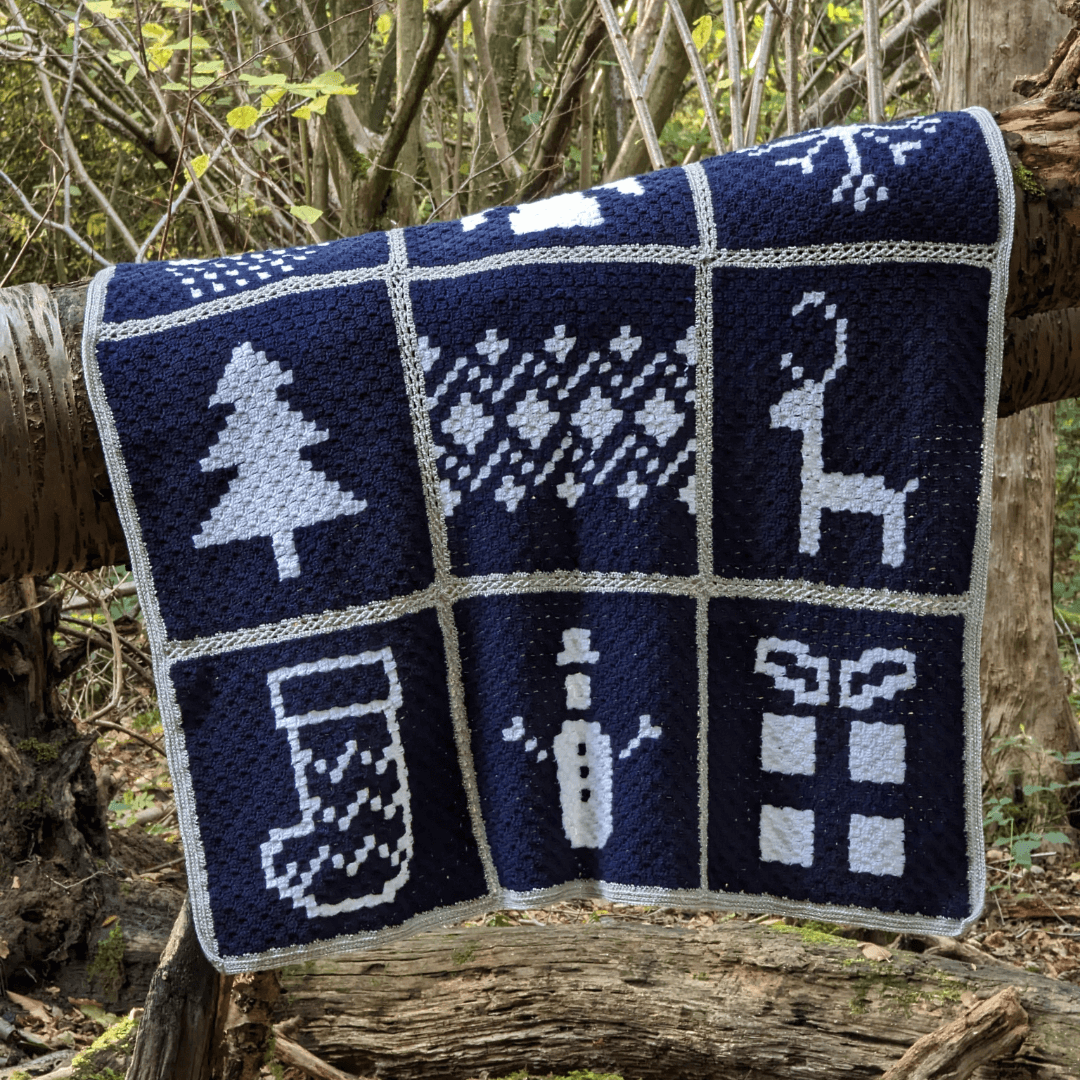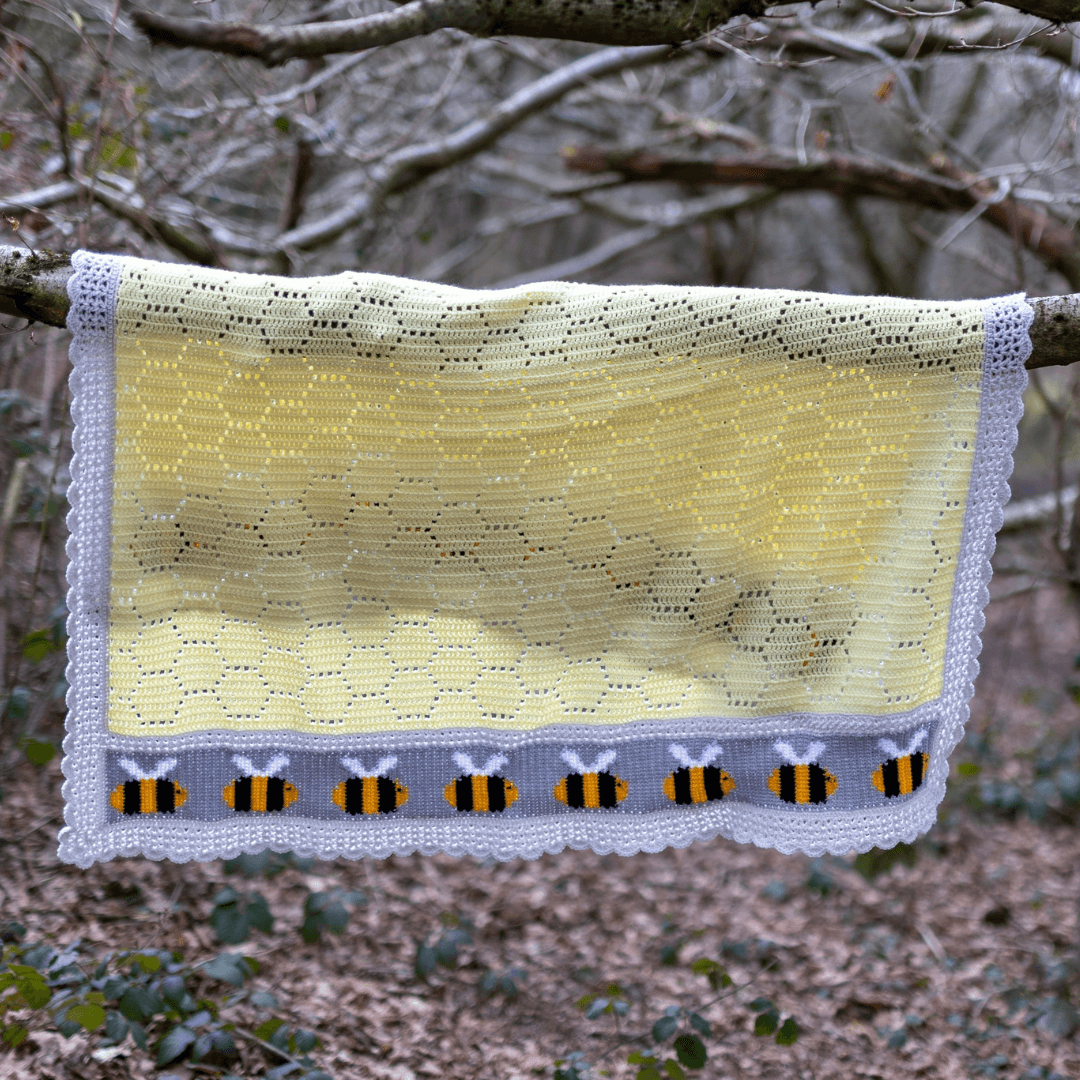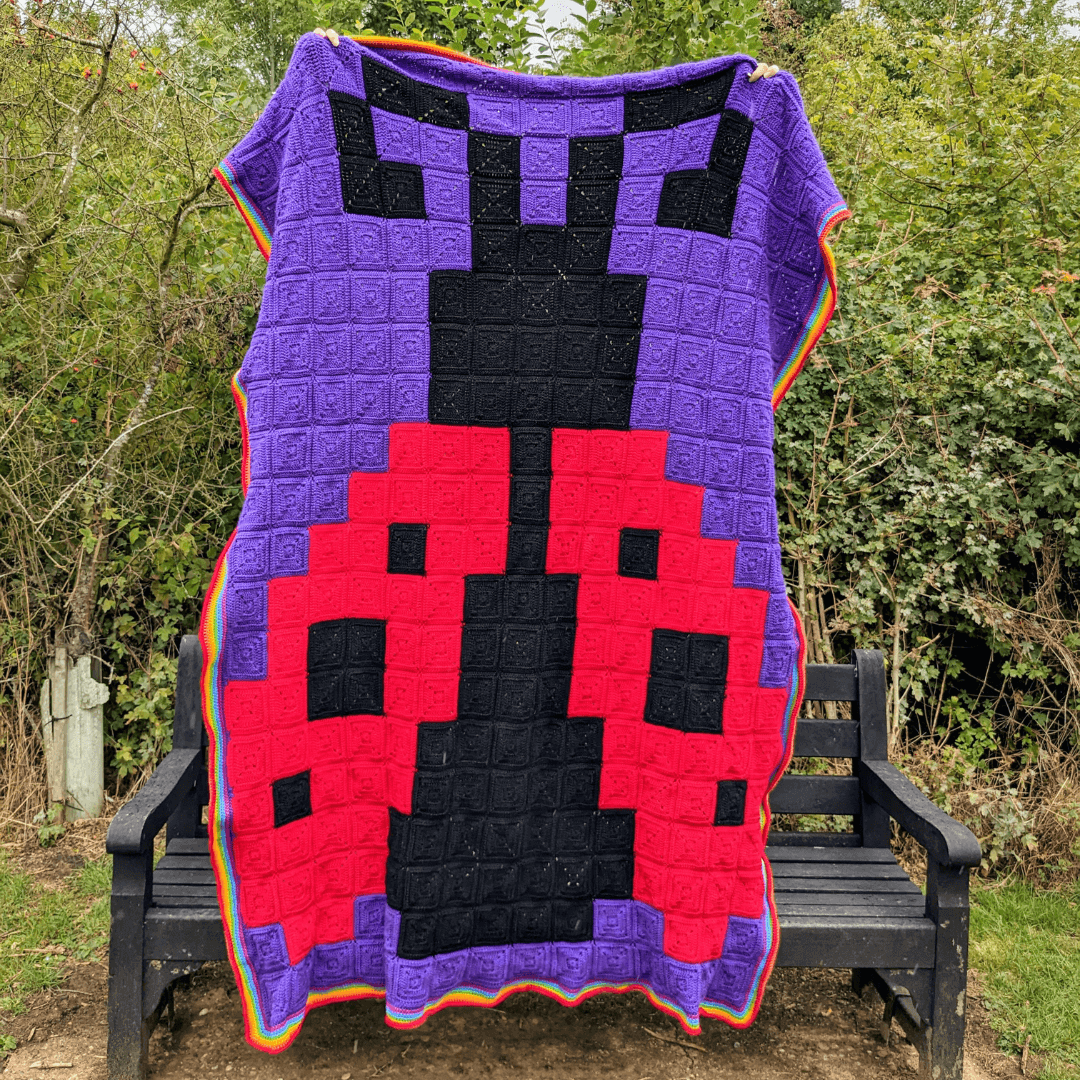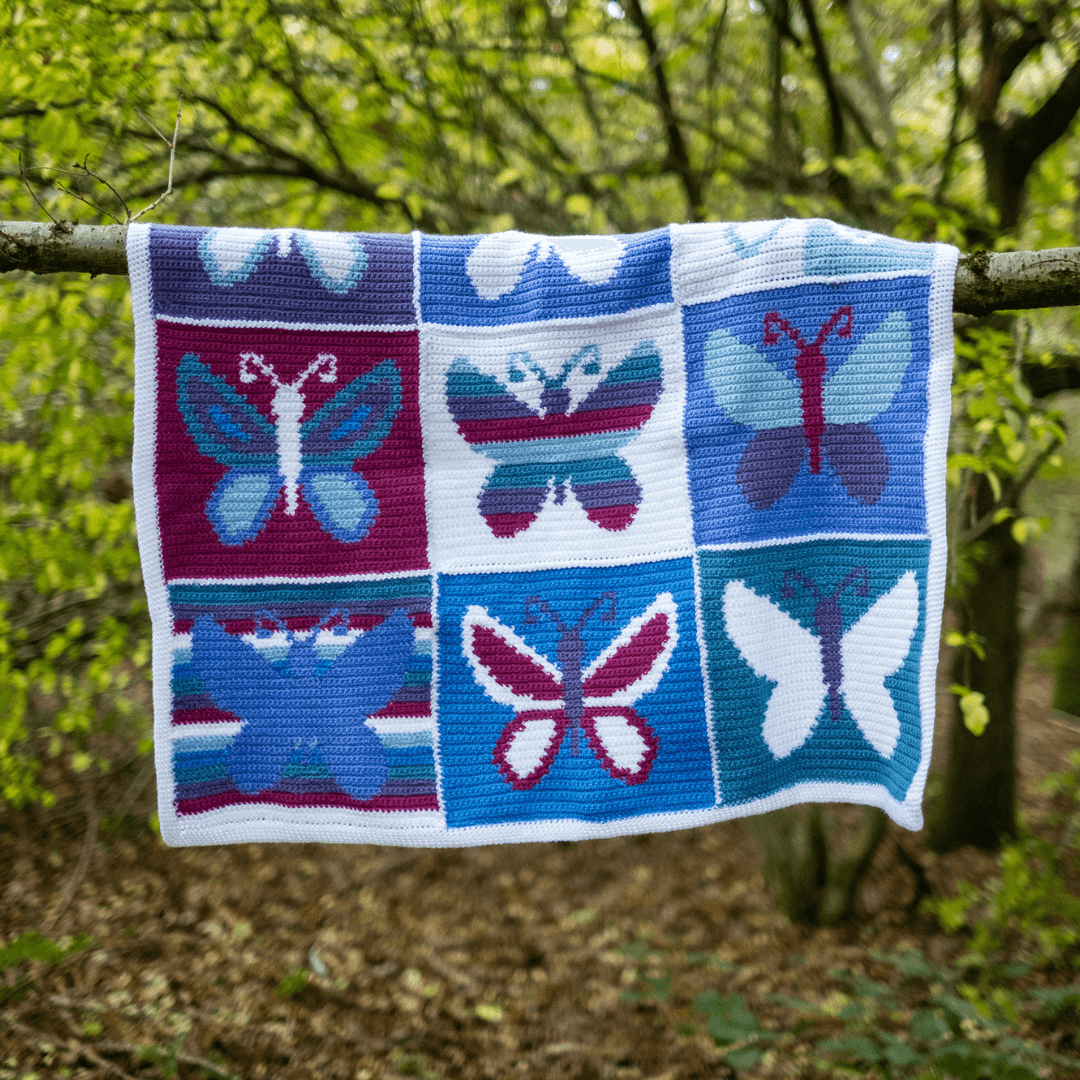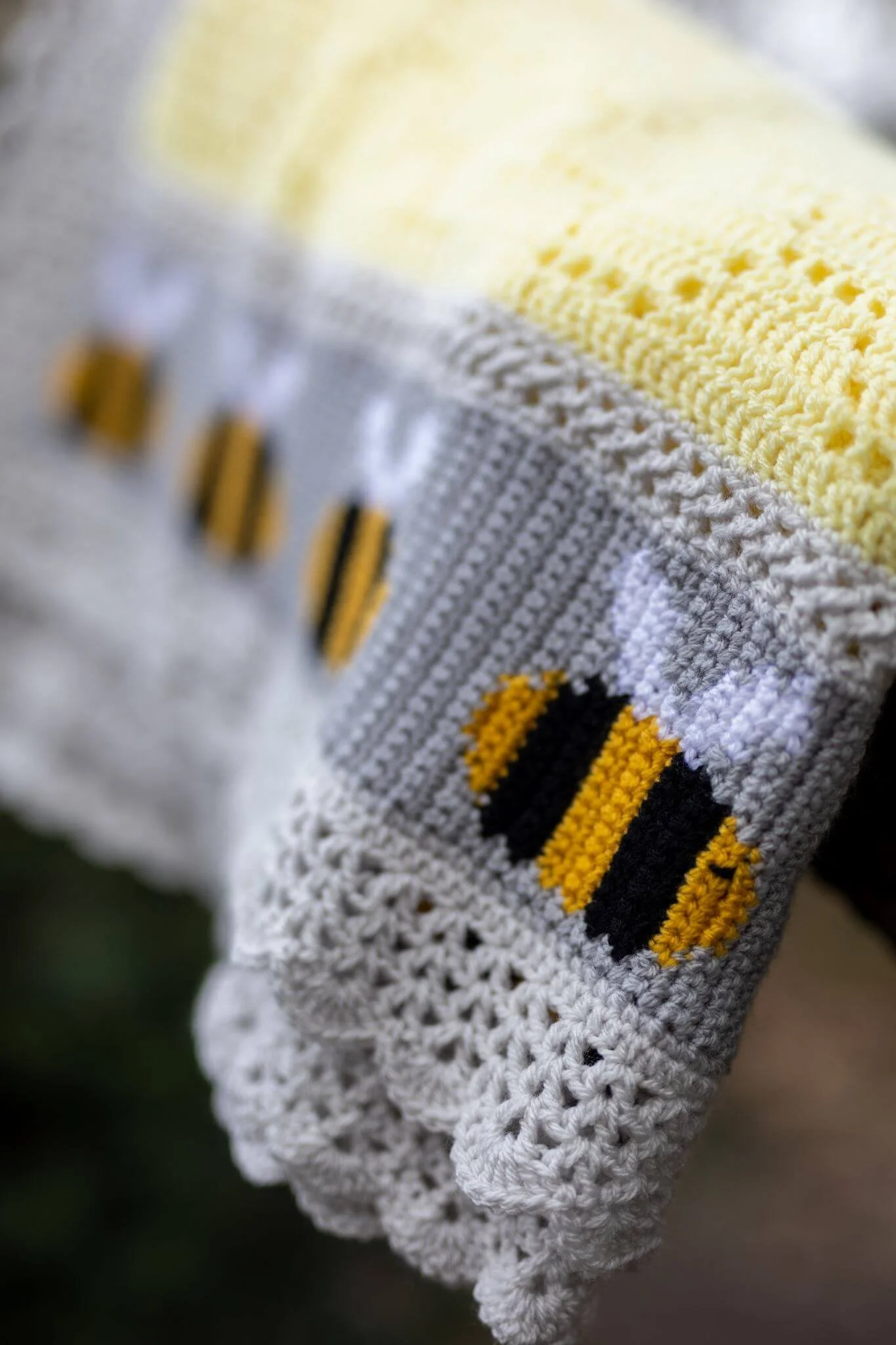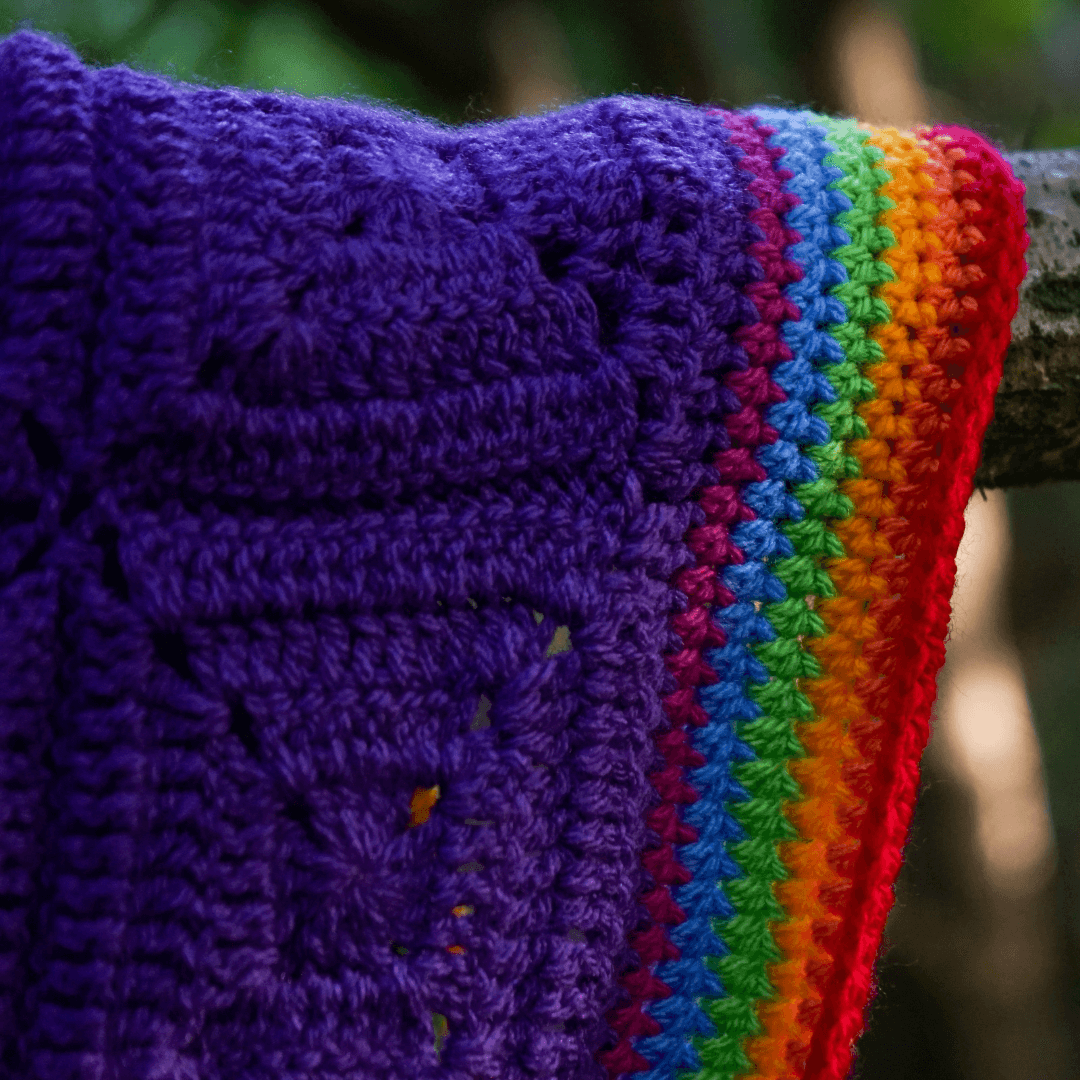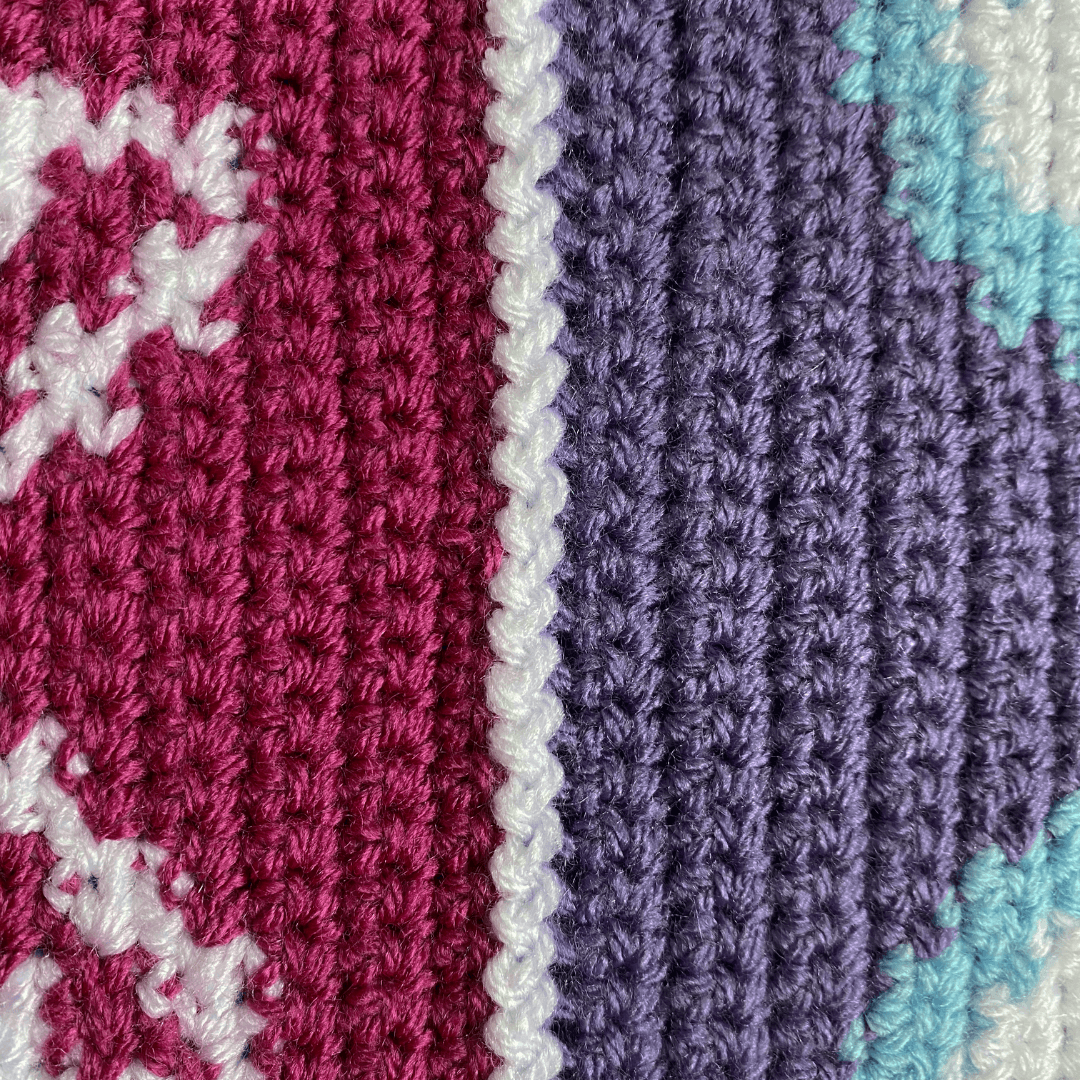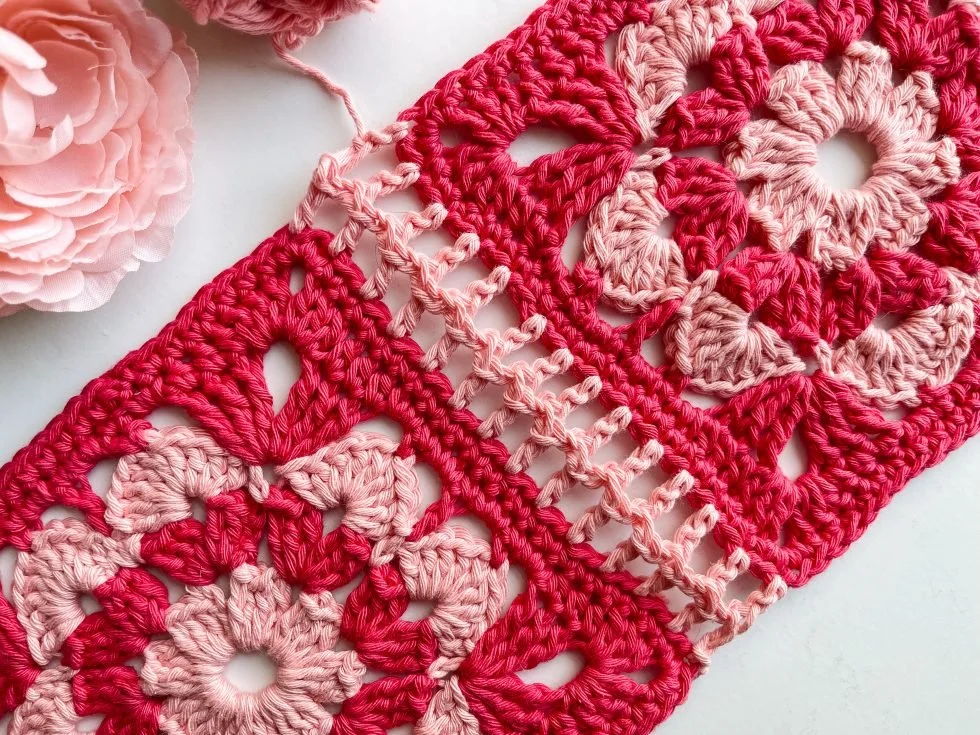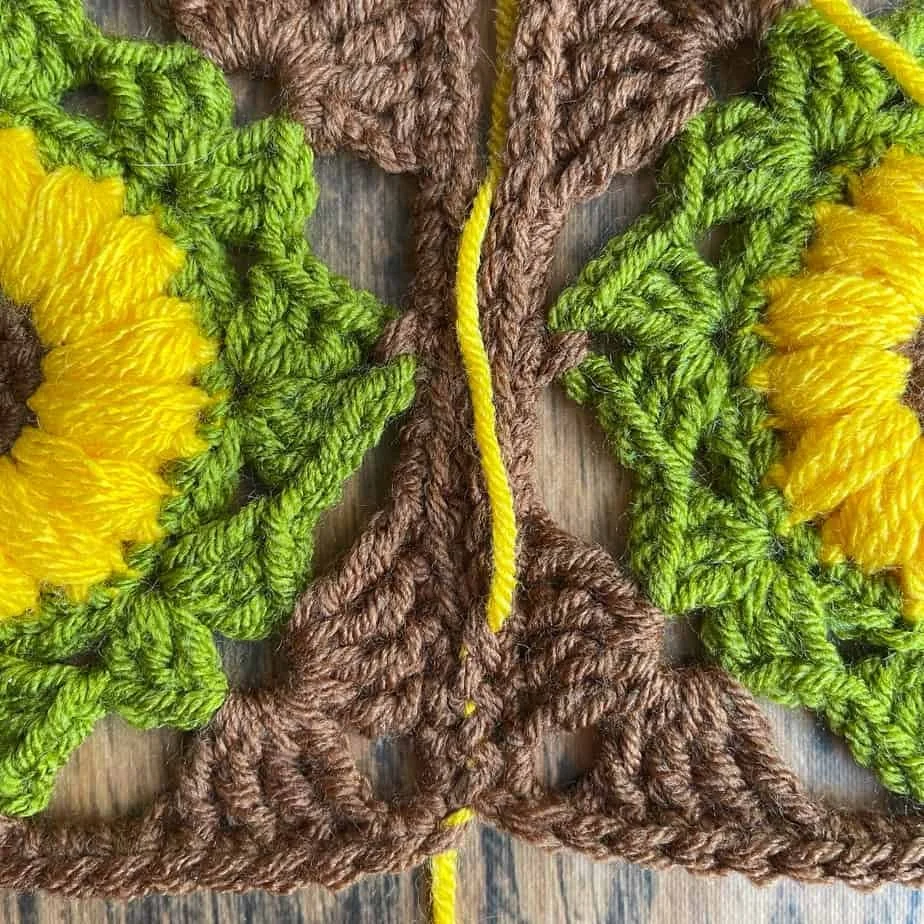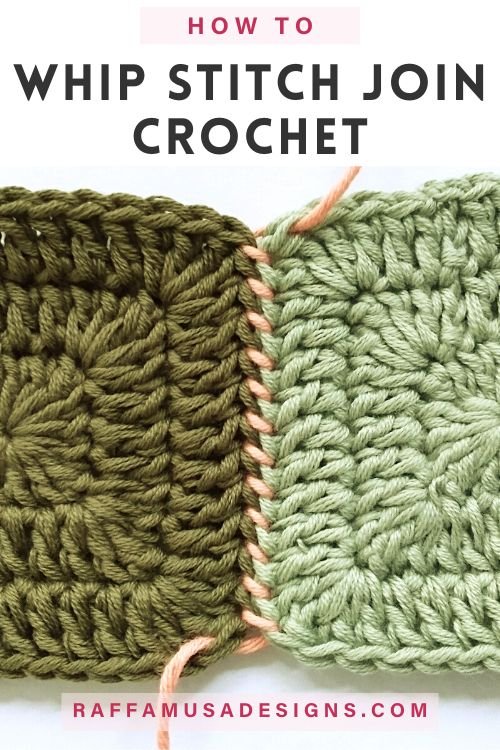9 Ways To Join Crocheted Squares
Many stunning crochet patterns require you to join elements together - they may use squares, hexagons, long strips etc. There are also many different ways in which you can join the pieces together. Some methods leave a visible join, others not, and the seam can either be raised or flat once completed. In this blog post I have collected nine different joining methods together to share with you, so that you can select whichever method you think will look best for your project 😀.
The joining methods that I have selected are:
Flat braid join
Slip stitch join
Zigzag slip stitch join
Single crochet join
Double crochet join
Lace join
Granny square join as you go (JAYG) join
Mattress stitch join
Whip stitch join
FYI, since this blog post was originally shared I have also added a little info on the ‘flat hdc join’ and the ‘flat sc join’.
***This page may include affiliate links - this means that I may earn a small commission if you purchase the product. This is at no additional cost to you. I will only recommend products that I have tried and tested myself, and that I like using. This income helps me to keep designing quality crochet patterns for you.***
Each of the patterns below require some of the components to be joined together - a great opportunity to practice your new skills. Click on the relevant photo if you’d like more information about the pattern.
Mariquita Ladybird Blanket - slip stitch join
Mariposa Butterfly Blanket - zigzag slip stitch join
Aphrodite Cushion Cover - slip stitch join
Beautiful Bugs Blanket - flat half double crochet join (not included in the round up below)
Don’t have time to read this blog post now? Pin it for later 😀.
Flat braid join - exactly as this sounds, the flat braid joining method will give you a flat, stylish join. It’s a beautiful feature in itself, connecting your blanket squares together. I love it so much that I have already used it in two of the Elimee Designs patterns - the Festive Hygge Blanket and the Waggle Dance Bee Blanket. I’ve even recorded a handy video tutorial to walk you through it step-by-step.
2. Slip stitch join - this time we have a more subtle joining method. It is very easy to crochet and fairly unobtrusive (as you can see in the photo below - the squares were joined together on the wrong side in this example). Crafting by Vio Vieux has created a video tutorial to demonstrate this technique.
3. Zigzag slip stitch join - a variation of the slip stitch join. Whilst this join is a little trickier to crochet (although still fairly easy) it makes up for this by being more attractive to look at! Click here for a demo by Cosy Rosie Crochet.
4. Single crochet join - whilst this tutorial by Make & Do Crew demonstrates the method using hexagons, the same principles apply when joining other shapes too. The resulting join is discrete and slightly raised.
Alternatively, the flat single crochet join (photographed below) is similar in appearance, but completely flat.
5. Double crochet join - this join is somewhat similar in appearance to the granny square join. It is very straightforward to crochet but is fairly wide - you can blend it in with your squares or make a feature out of it! Check out this tutorial by Straight Hooked to see what it looks like.
6. Lace join - this joining method is closest to the flat braid join. It gives your work a striking feature to look at, making it a focal point when paired with less complex stitch patterns. Nana’s Crafty Home demonstrates the join beautifully here.
7. Granny square JAYG - this is what most people think of when they think about joining granny squares together. Innumerable modern granny squares exist today, and this joining method is still widely employed to link them together - likely because it blends in well with the classic granny square design, and also because there are so few ends to weave in when you’re done! Here is a tutorial from Make & Do Crew to help you try this out.
8. Mattress stitch join - this is the first of two joining methods that utilise sewing with a tapestry needle over crocheting to join blanket squares together. This joining method is flat and virtually invisible making it a very popular choice. As you can see in this photo, courtesy of Nana’s Crafty Home, very little of the contrasting yarn can be seen. Click here for the full tutorial.
9. Whip stitch join - this last joining method, demonstrated here by Raffamusa Designs, is another sewn joining method. It is very easy to do and subtle in appearance.
As you have seen, I’ve already used a number of these joining techniques within my patterns. As I design more patterns I hope to give you the opportunity to try other techniques out too - hopefully you love to learn new things as much as i do!
Comment below to let me know which joining method is your favourite 😀.


